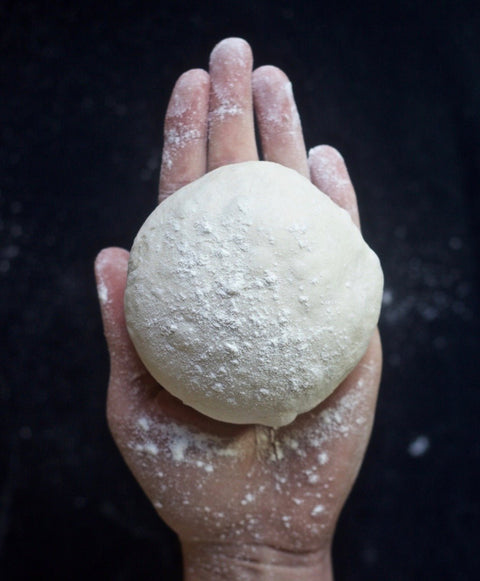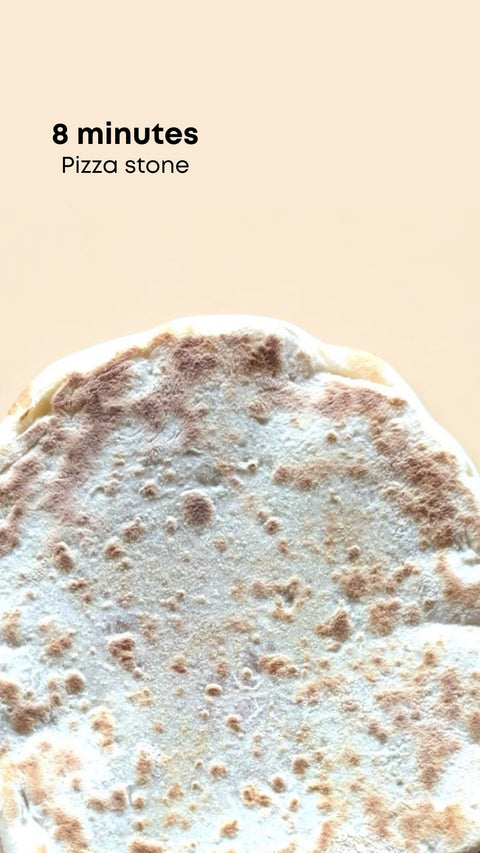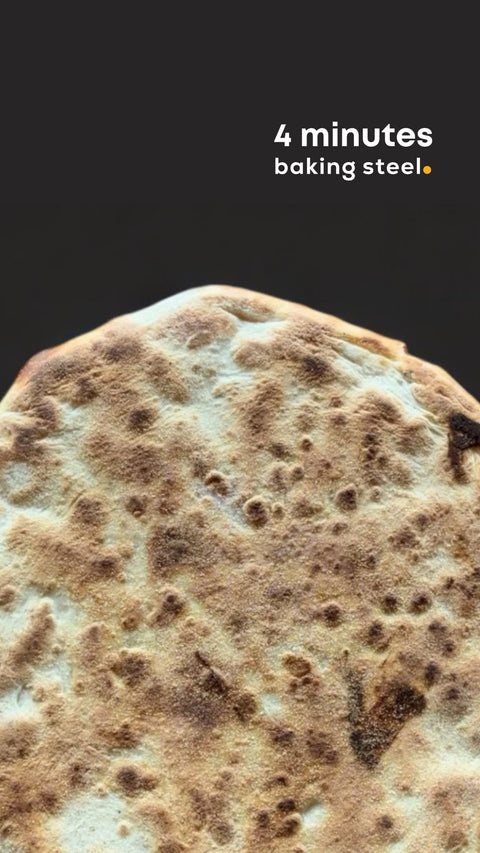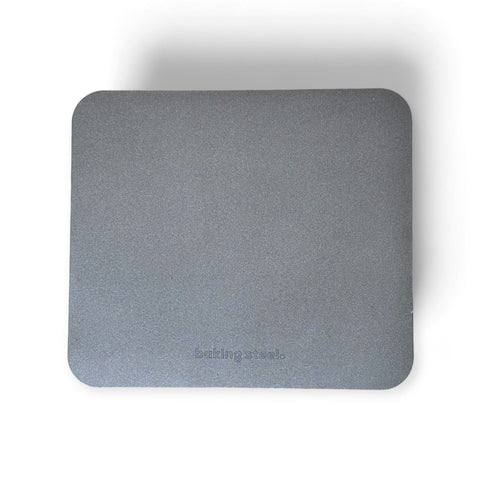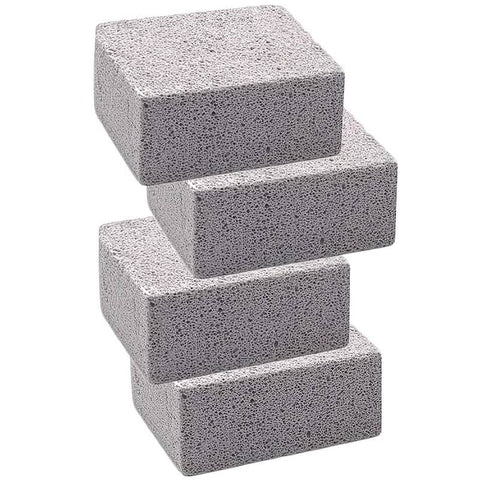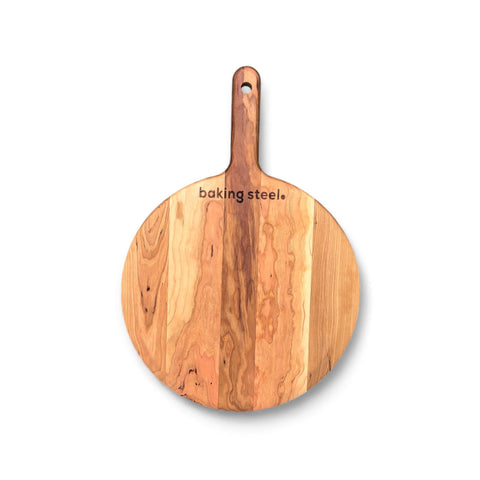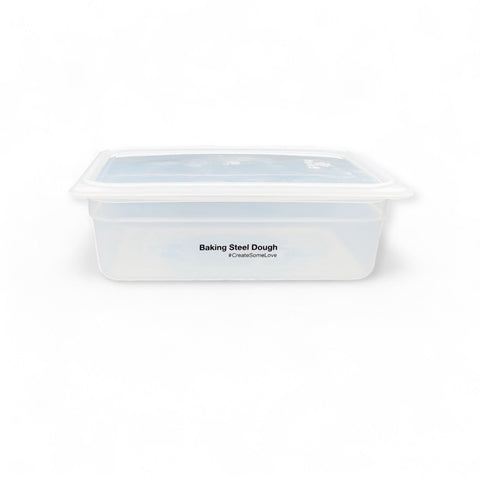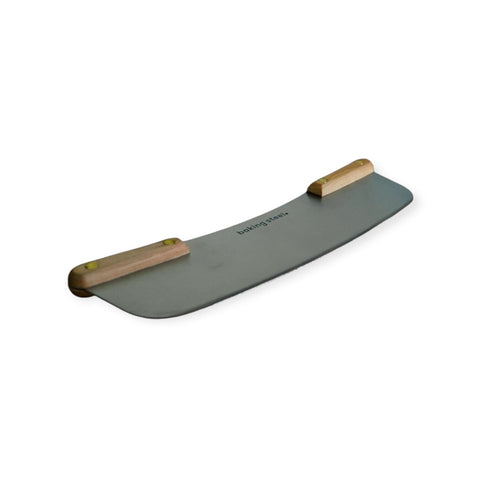Balling dough is the underrated step that builds structure and surface tension so your crust stretches evenly and bakes beautifully. Whether you’re using store-bought dough or our legendary 72-hour dough, this technique levels you up especially on a Baking Steel Original.
Pro tip: Watch once, then follow the step photos below.
Step-by-Step: Tight, Smooth Dough Balls







Thinking about freezing? Ball first, then freeze so they’re ready to go later. 👉 How to freeze pizza dough the right way.
Frequently Asked Questions
How do you store dough balls?
Place seam-side down in a lightly floured, lidded container so they don’t dry out. Our Baking Steel dough container is perfect. Refrigerate up to 3 days; bring to room temp before stretching.
Can I freeze dough balls after shaping?
Yes—best practice. Ball first, then freeze. Full guide: Freezing pizza dough.
What does overproofing mean?
When dough rises too long, gluten weakens and the dough gets overly airy and sticky. It can collapse or resist shaping—but it’s fixable.
What if my dough balls overproof?
Re-ball using the same technique and rest another 3–4 hours at room temperature. They’ll bounce back.
Why does my dough resist stretching after balling?
It needs more rest. Let the gluten relax at room temp, and handle more gently next time.
